A DC power supply is a vital piece of equipment for any electronics hobbyist or engineer. They are used to provide a constant voltage or current to an electronic device or circuit. Power supplies can be purchased from many different sources, but the most common type is the AC-to-DC adapter. These adapters plug into a standard wall outlet and convert the alternating current (AC) into direct current (DC).

There are many different types of DC power supplies, each with its own advantages and disadvantages. The most important factor to consider when choosing a power supply is the voltage and current requirements of the devices or circuits that will be powered. Other factors such as cost, size, and weight may also be important considerations.
The three most common types of DC power supplies are linear, switched-mode, and battery-powered.
Linear Power Supplies:
Linear power supplies use a transformer to convert AC voltage into DC voltage. They are the simplest type of power supply and are very efficient. However, they are also the heaviest and most expensive type of power supply.
Switched-Mode Power Supplies:
Switched-mode power supplies use electronic components to convert AC voltage into DC voltage. They are lighter and cheaper than linear power supplies, but they are less efficient.
Battery-Powered Power Supplies:
Battery-powered power supplies use one or more batteries to provide DC voltage. They are the lightest and most portable type of power supply, but they are also the most expensive.
When choosing a DC power supply, it is important to consider the voltage and current requirements of the devices or circuits that will be powered. Other factors such as cost, size, and weight may also be important considerations. The three most common types of DC power supplies are linear, switched-mode, and battery-powered.

Step by step guide using DC power supply:
A DC power supply is a great tool for any electronics enthusiast. They are relatively inexpensive and can be used to power everything from small electronic devices to larger pieces of equipment. Here is a step by step guide on how to use a DC power supply:
1) Choose the correct DC power supply for your needs. There are many different types and sizes of DC power supplies available on the market. Select one that will be able to provide the correct amount of power for your project.
2) Connect the DC power supply to your device. Make sure that the polarity is correct before turning on the power supply. Incorrect polarity can damage your equipment.
3) Turn on the DC power supply and slowly increase the voltage until you reach the desired level.
4) Once you have reached the desired voltage, you can begin using your device.
5) When you are finished, turn off the power supply and disconnect it from your device.
Follow these simple steps and you will be able to use a DC power supply properly. Remember to exercise caution when working with electricity and always consult a professional if you are unsure about something.
Frequently Asked Questions:
Does DC voltage drop with distance?
Yes, DC voltage does drop with distance. This is because the electrical resistance of most materials increases with the length of the conductor. The longer the conductor, the greater the resistance, and the more voltage is dropped.
However, there are some materials, such as superconductors, that have zero electrical resistance. This means that they do not drop any voltage with distance.
Can I use alternating current wire for direct current?
In short, yes, you can use AC wire for DC applications. AC wire is made of the same material as DC wire, and it can handle the voltage and current needs of most DC applications. But there are a few things to keep in mind when you use AC wire for DC.
First, keep in mind that AC wire is not made for direct current. This means that the insulation on the wire isn't made to handle a steady flow of DC current. Over time, this can cause the insulation to break down, which could lead to a fire. Another thing to think about is that AC wire is not always as flexible as DC wire.
This can make it hard to work with in some situations. Lastly, AC wire costs more than DC wire most of the time. This is because DC applications don't use it as much. Most of the time, AC wire can be used for DC.
What kind of wire is used for direct current?
There are a few different types of wire that can be used for direct current applications, including copper, aluminum, and brass. Each type of wire has its own benefits and drawbacks, so it's important to choose the right one for your specific needs.
Copper is the most popular choice for direct current applications because it has a relatively low resistance. This means that it doesn't cause as much power loss as other types of wire, making it more efficient. Copper is also a good conductor of heat, which helps to keep things like electrical motors cool. However, copper is also one of the more expensive options.
Aluminum is another popular choice for direct current applications. It has a lower conductivity than copper, but it's much cheaper. Aluminum is also a good conductor of heat, which can be helpful in keeping electrical components cool. However, aluminum is more susceptible to corrosion than copper, so it may not last as long.
Brass is a third option for direct current applications. It has a high resistance, which makes it less efficient than copper or aluminum. However, brass is very tough and resistant to corrosion, making it a good choice for applications where durability is important. Brass is also relatively inexpensive compared to other metals.
Conclusion:
A DC power supply is a device that gives electricity to another device, usually a piece of electronic equipment. The most common type of DC power source is the battery. It makes sure that electricity flows steadily to a device. Other types of DC power sources are solar panels and fuel cells.
DC power supplies are used in a wide range of electronic devices, from small ones like cell phones and laptops to large ones like robots and computerized tomography (CT) scanners. Most of the time, a DC power supply sends out a direct current (DC), which means that electrons only move in one direction. But some DC power supplies can also make alternating current (AC), in which the electrons move in different directions at different times.
Most electronic things need DC power to work. The device figures out how much voltage and current is needed. For example, a laptop usually needs a DC power supply that puts out 15 volts and 5 amps, but a cellphone might only need 3 volts and 1 amp. When picking a DC power supply, it's important to make sure it can provide the right voltage and current for the devices it will be powering. It's also important to think about the size, weight, and performance of the power supply.
Some power supplies are made to work with specific kinds of electronics, like laptops or cell phones. Some are universal power supplies that can be used with any kind of device. No matter what kind of DC power supply you need, you should read the instructions carefully before using it. This will help you make sure your electronics don't break and work properly.


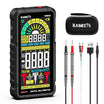
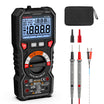

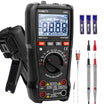
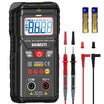
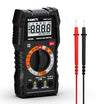

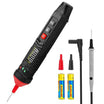


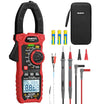

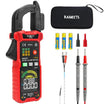
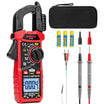

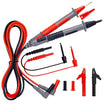
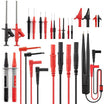

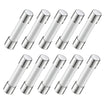
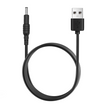
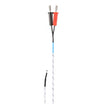
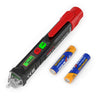

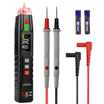
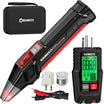
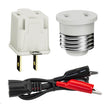
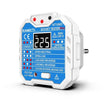
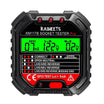
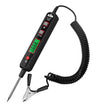
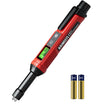
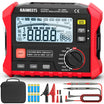
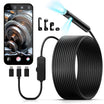
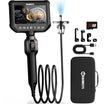

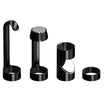
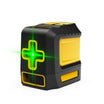
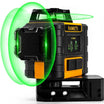

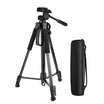
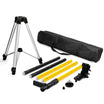

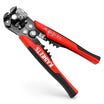
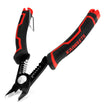
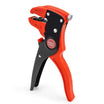
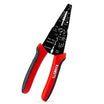
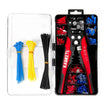

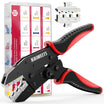
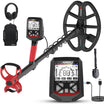
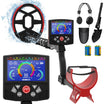


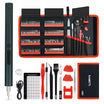
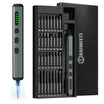
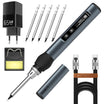
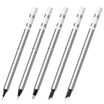
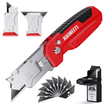
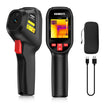
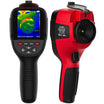
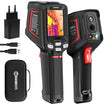
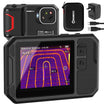
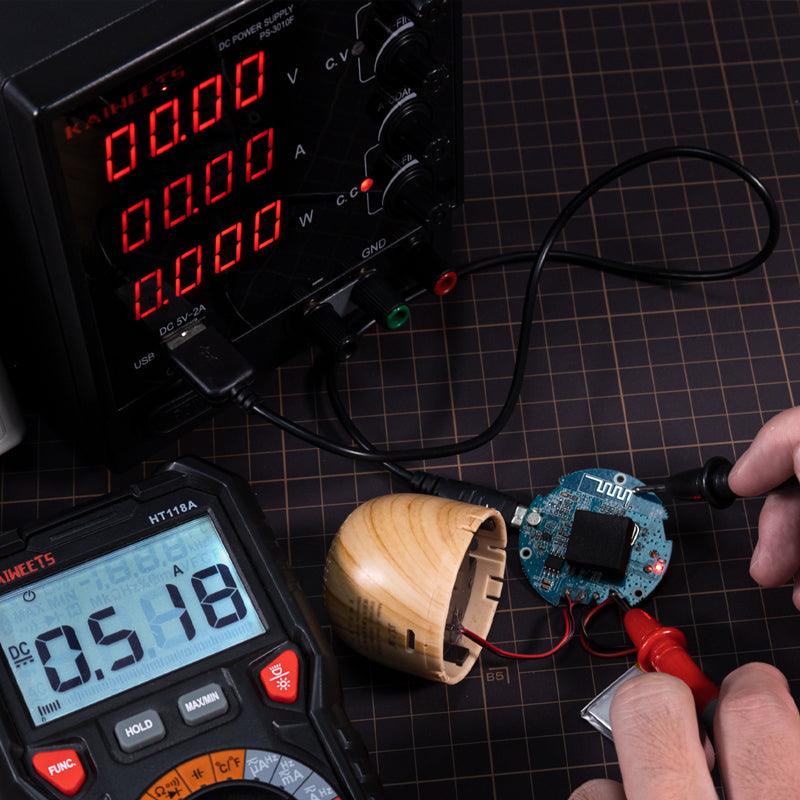
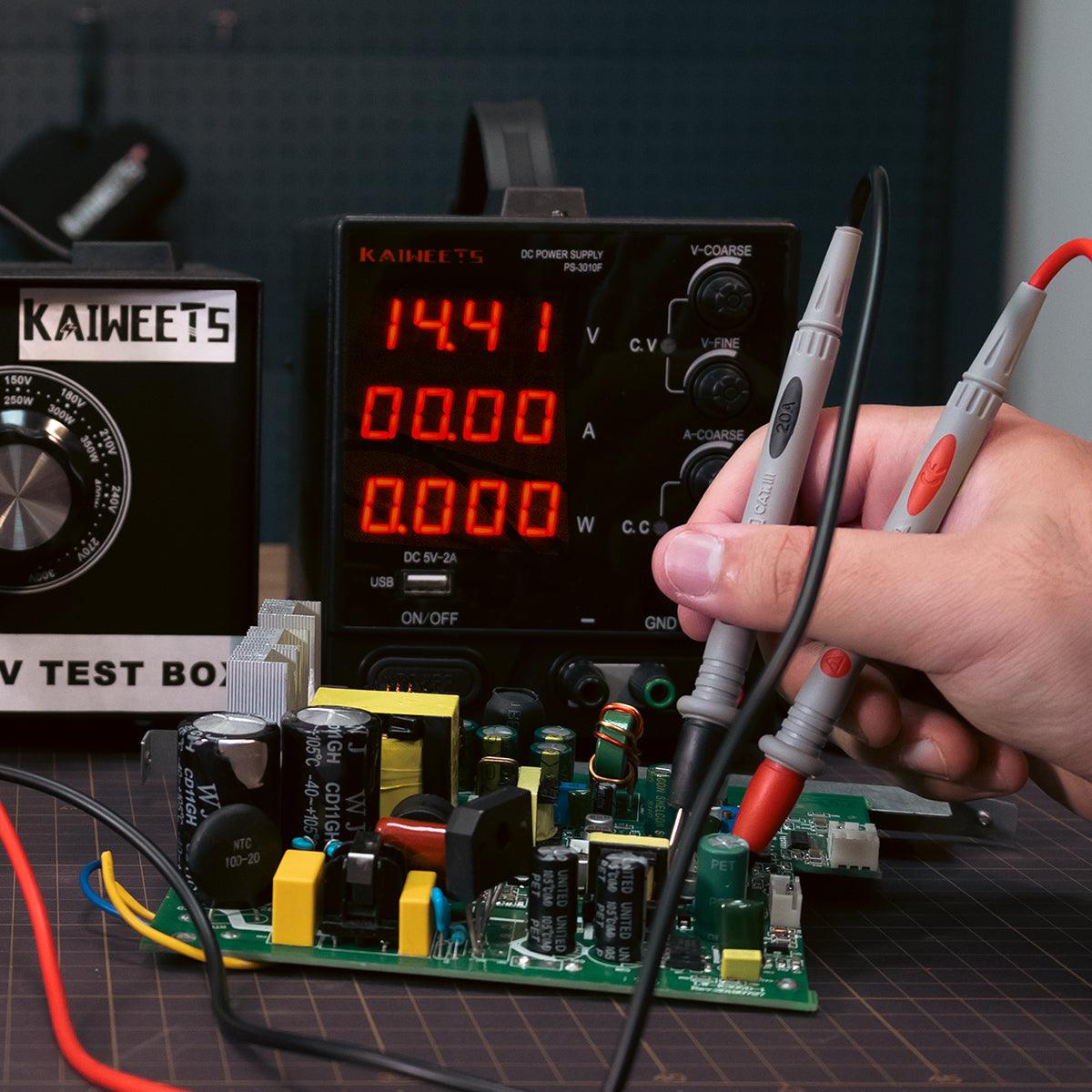
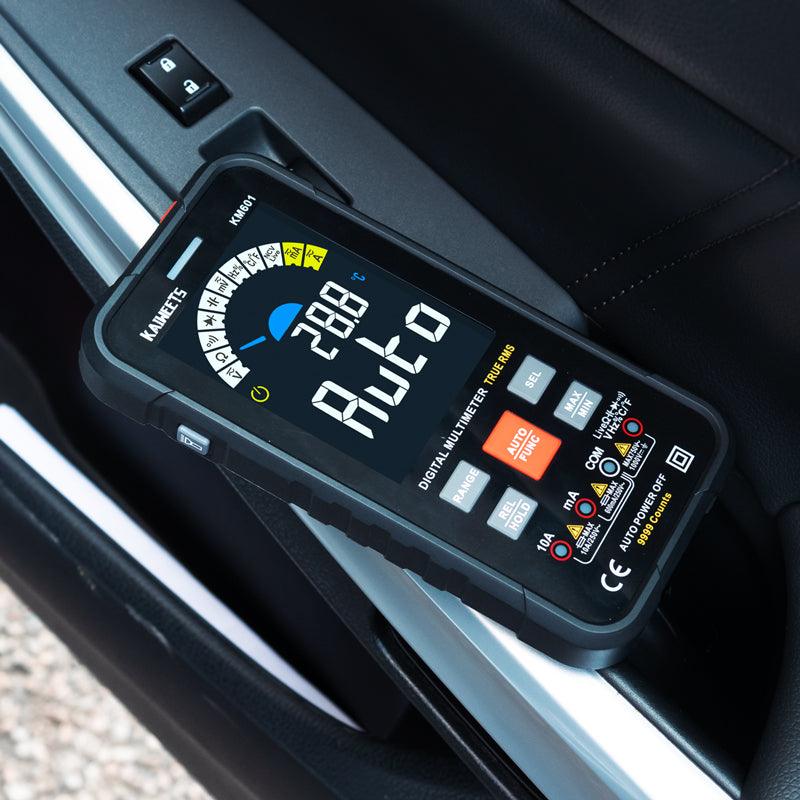
Commenta
Nota che i commenti devono essere approvati prima di essere pubblicati.
Questo sito è protetto da hCaptcha e applica le Norme sulla privacy e i Termini di servizio di hCaptcha.